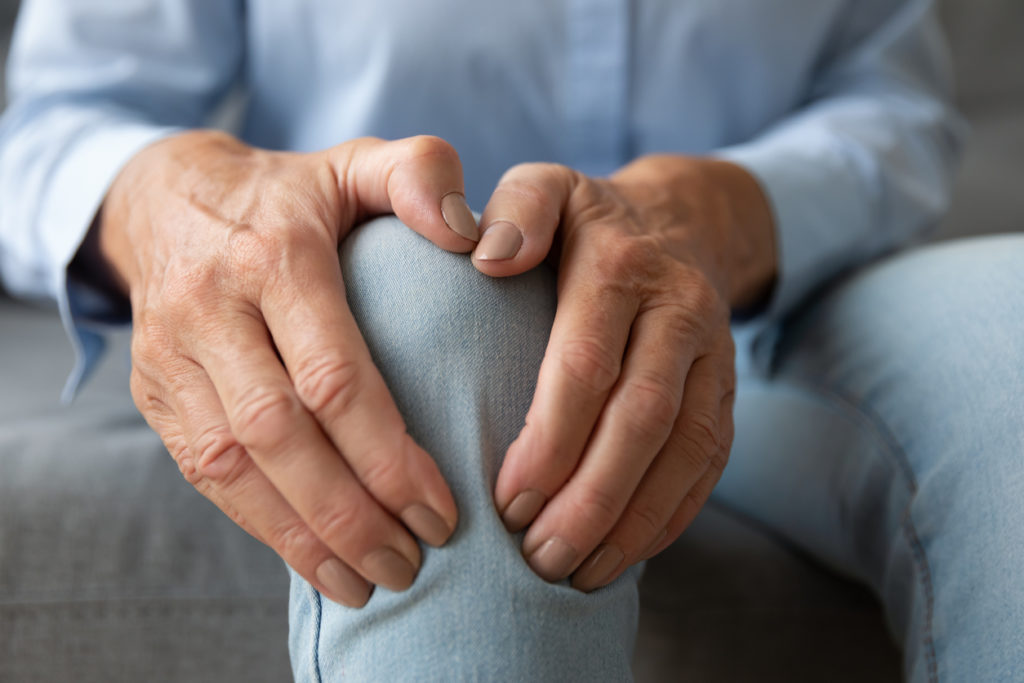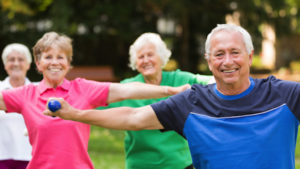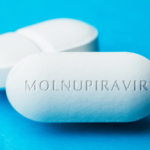Osteoporosis: how to prevent it?

There are some preventive measures that can be taken to prevent the onset of osteoporosis.
Osteoporosis: preventive measures
The main goal is to prevent fractures. Prevention halves the risk of fractures associated with osteoporosis.
Attention should be paid to preventing osteoporosis and fractures from an early age. As the World Health Organization (WHO) mentions, the sooner you adopt a healthy lifestyle, the better the gains.
Screening measures
The majority of expert groups, including Osteoporosis Canada, recommend that the following people undergo an extensive fracture risk assessment by a doctor, as mentioned at the beginning of the sheet:
- women and men aged 65 and over;
- postmenopausal women potentially at risk, according to the doctor;
- men aged 50 and over potentially at risk, according to the doctor.
In some special cases, such as rheumatoid arthritis, screening may be offered before the age of 50.
Basic preventive measures
The following 3 measures are the most important. It is also good to avoid the risk factors described above as much as possible.
 Exercise
Exercise
Studies show that exercise is good for bones, throughout life4-6. Being active during childhood and adolescence is particularly important because it helps build a more resilient skeleton, thus building up bone mass reserves that will be used in adulthood.
Physically fit people develop better balance and coordination, which reduces their risk of falling.
It is recommended that you do a minimum of 30 minutes of physical activity at least 3 times a week. What matters most is not the length of the sessions, but their frequency7.
Here are the various types of recommended exercises.
Weight-bearing – or weight-bearing – joint exercises have a gravity effect on the skeleton. They force the body to support the weight of the whole body. This category includes running, jumping, tennis, and team sports, such as soccer.
Thus, activities in which body weight is supported (cycling, kayaking, swimming), while excellent for cardiorespiratory health and the maintenance of muscle mass, have no real effect on bone mass.
Resistance exercises involve moving objects or your own body to produce resistance. They are performed with free weights or with the weight machines found in fitness centers.
Exercises aimed at improving balance, such as tai chi or training that restores proper posture while walking should be considered to prevent the risk of falling, when necessary.

Eat foods rich in calcium
Almost every cell in the body needs calcium in order to function properly. Eating a diet that contains enough calcium helps meet the body’s needs without having to draw on its reserves, i.e. bones.
You can get an adequate intake of calcium by regularly eating dairy products, salmon (with the bones), sardines, dark green vegetables (broccoli, etc.), soy products (tofu, soy milk enriched with calcium). To find out if you’re getting enough calcium, use our interactive calculator. For more information, see our Calcium sheet.
 Have an adequate intake of vitamin D
Have an adequate intake of vitamin D
This vitamin is vital for healthy bones and teeth. It improves the absorption of calcium in the intestine and helps fix this mineral in the bones. Its active form is synthesized in the skin when it is exposed to ultraviolet rays from the sun.
There is little vitamin D in foods in its active form, except in fish (sardines, mackerel, herring, salmon, etc.). This is why in North America, milk and margarine are fortified with vitamin D. Some cereals and certain rice or soy drinks are fortified too. Consult the Vitamin D sheet for more information.




